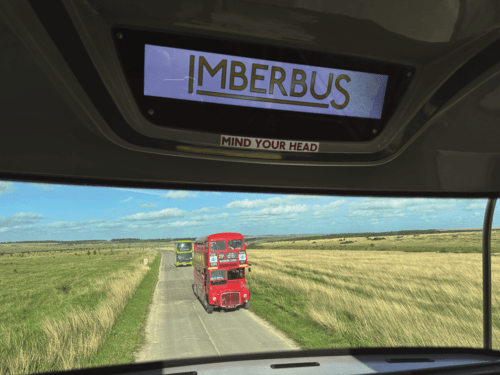
The ‘Bus Inspectors’ project has been launched with an extraordinary mission – visiting museums and storage locations nationwide to grade every heritage bus and coach on historic significance. Its first podcast has been released. Nick Larkin reports
More than 10,000 buses and coaches are preserved in the UK, each with its own story. Although they have many different owners and are located across the country, they can be seen as a form of national collection. But what about their future?
Enter ‘The Bus Inspectors.’
The team was set up by the National Association of Road Transport Museums (NARTM) last month as ‘a group of transport lovers, experts and historians who are scouring the country’s museums and collections on a mission to give each of the
nation’s historic fleet a grading as to its significance.’
[…]By subscribing you will benefit from:
- Operator & Supplier Profiles
- Face-to-Face Interviews
- Lastest News
- Test Drives and Reviews
- Legal Updates
- Route Focus
- Industry Insider Opinions
- Passenger Perspective
- Vehicle Launches
- and much more!


